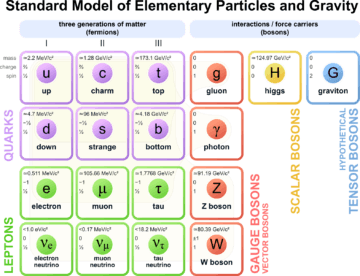by Jochen Szangolies

At the close of the 20th century, the logical end-point of physics seemed clear: unify all physical phenomena under the umbrella of a single, unique ‘Theory of Everything’ (ToE). Indeed, many were convinced that this goal was well within reach: in his 1980 inaugural lecture Is the end in sight for theoretical physics?, Stephen Hawking, the physicist perhaps most closely associated with the quest for the ToE in the public eye, speculated that this journey might be completed before the turn of the millennium.
More than twenty years after, a ToE has not manifested—and moreover, seems in some ways more distant than ever. Confidence in the erstwhile ‘only game in town’, string/M-theory, has been waning in the face of floundering attempts to make contact with the real world. Without much hope of guidance from experiment, some have even been questioning whether the theory is ‘proper science’ at all—or, conversely, whether it requires a reworking of scientific methodology towards a ‘post-empirical’ framework from the ground up. But in the wake of string theory’s troubles, no other contender has risen up to take center stage. Read more »
